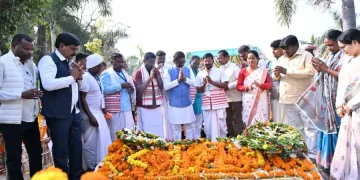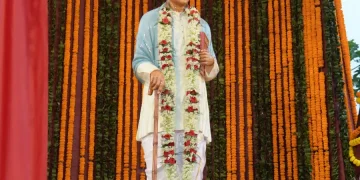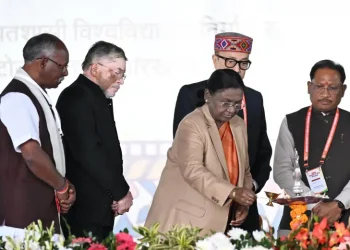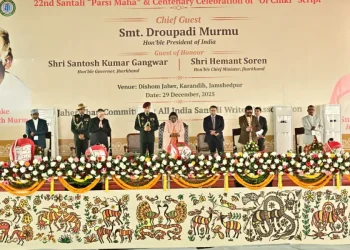Ranchi
IIM Ranchi on Monday announced the dedication of its administrative, academic and library blocks to tribal freedom fighters. This, the Institute said, was commemorate India’s storied past and a tribute to its relentless struggle for independence.
“Through this initiative, the Institute aims to cultivate a profound sense of patriotism and respect for the nation’s heritage among its students and faculty,” IIM Ranchi said in a statement.
The Birsa Munda Block stands as a tribute to the valiant tribal leader Birsa Munda, who fearlessly led the Munda Rebellion advocating for the rights of the Adivasi community, the Institute maintained.
Tribal icon Birsa Munda was born in 1875 and he led a movement against British colonial rule and the exploitation of tribal communities by landlords and missionaries. He is remembered for organizing tribal people to resist British rule and for promoting indigenous religious beliefs and practices. Birsa Munda was eventually captured by the British and died in prison in 1900. He is considered a martyr and a hero among tribal communities in India.
Since 2021, the Centre has started observing his birthday on November 15 as Janjatiya Gaurav Diwas.
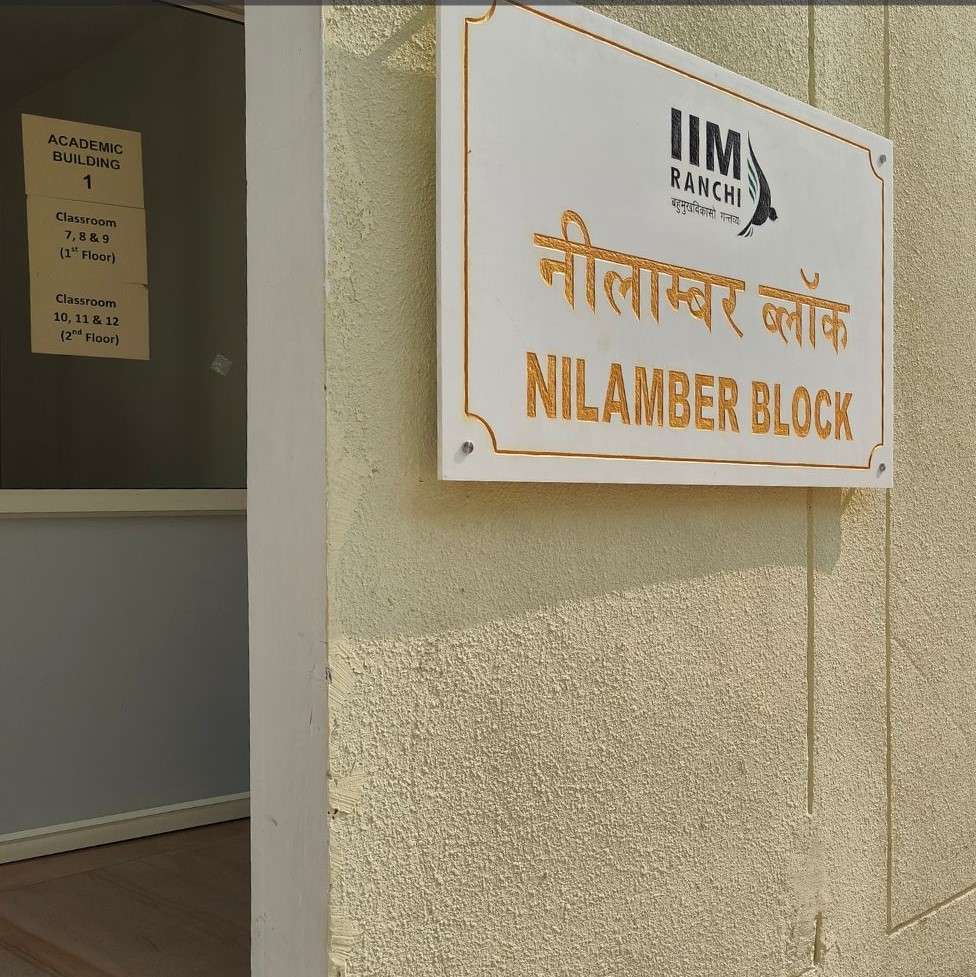
“Similarly, the Nilamber Block honours Nilamber, a courageous figure in the fight against British imperialism, while the Pitamber Block celebrates the indomitable spirit of Pitamber, symbolizing the unwavering pursuit of freedom. Nilamber and Pitamber are remembered for their resistance against the British colonial administration. They fought against the exploitation and injustices faced by the tribal people under British rule,” the Institute said.
“Their legacy is primarily one of bravery and defiance against colonial oppression. They are often portrayed in folk tales and local folklore as symbols of courage and heroism,” it added.
It further maintained that the Sidhu Block and Kanhu Block pay homage to Sidhu Murmu and Kanhu Murmu, brothers and leaders of the Santhal Rebellion, were notable figures in the history of India’s independence movement, particularly in the context of tribal uprisings against British colonial rule in the 19th century.
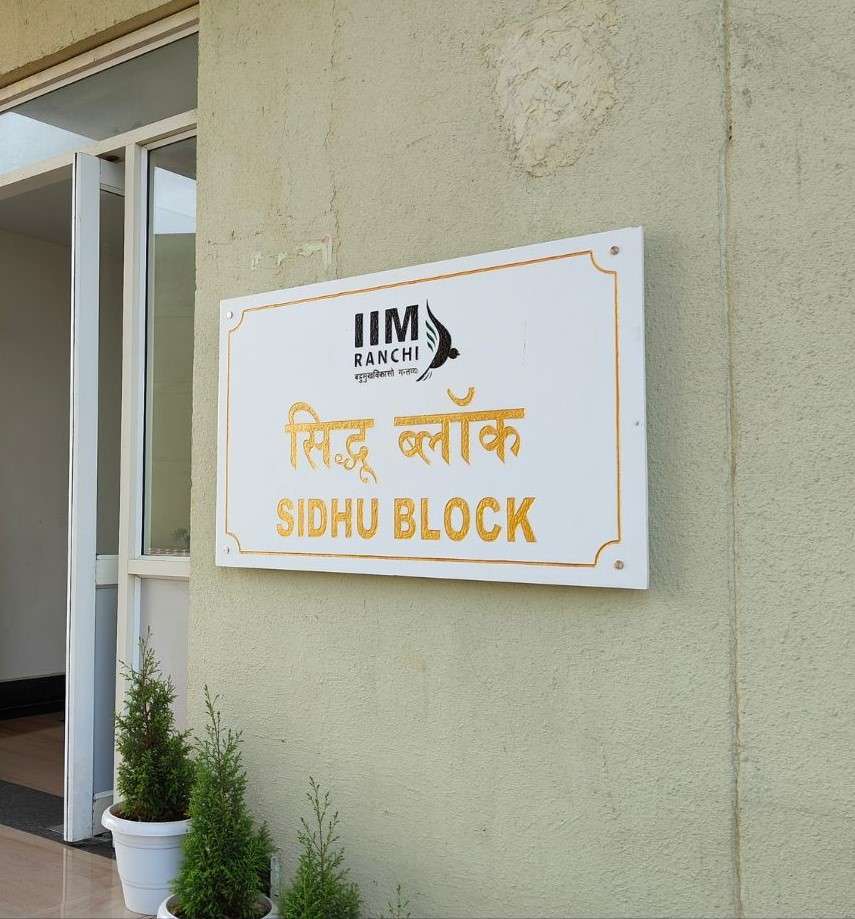
They led a significant rebellion against the British East India Company’s rule in 1855-1856, known as the Santal Rebellion or the Santal Hul. The rebellion was a response to oppressive policies and taxes imposed by the colonial administration, which heavily burdened the indigenous people. Sidhu Kanhu’s leadership in the Santal Rebellion has been remembered as a courageous stand against colonial oppression and an assertion of tribal rights and autonomy.
The influence of tribal freedom fighters in Jharkhand has been profound, laying the groundwork for resistance against colonial oppression and championing the rights and dignity of indigenous peoples. Their legacy continues to inspire contemporary movements for social justice and equality in the region.
These dedicated blocks serve as perpetual reminders of India’s tribal freedom fighters and the rich cultural tapestry of the independence movement. By immersing students and staff in the stories of these historical icons, “IIM Ranchi aims to ignite feelings of patriotism, resilience, and a steadfast dedication to justice and liberty”.
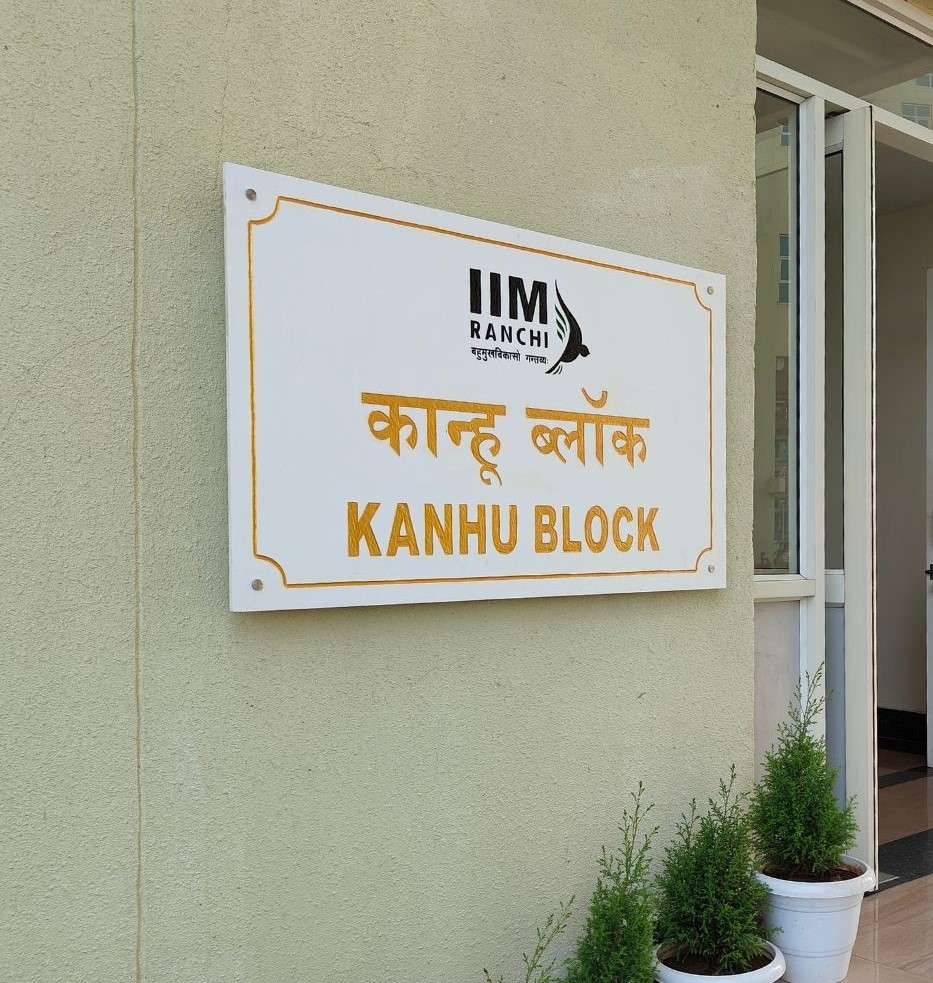
IIM Ranchi’s decision underscores its unwavering commitment to preserving and celebrating India’s history, paying homage to the sacrifices made by those who fought for freedom, and inspiring future generations to uphold the values of courage and perseverance.

